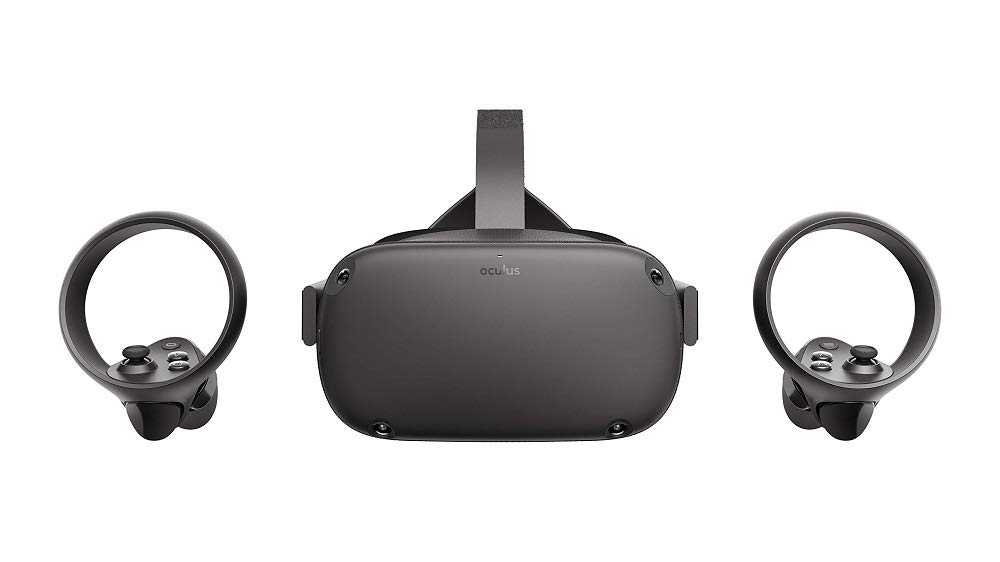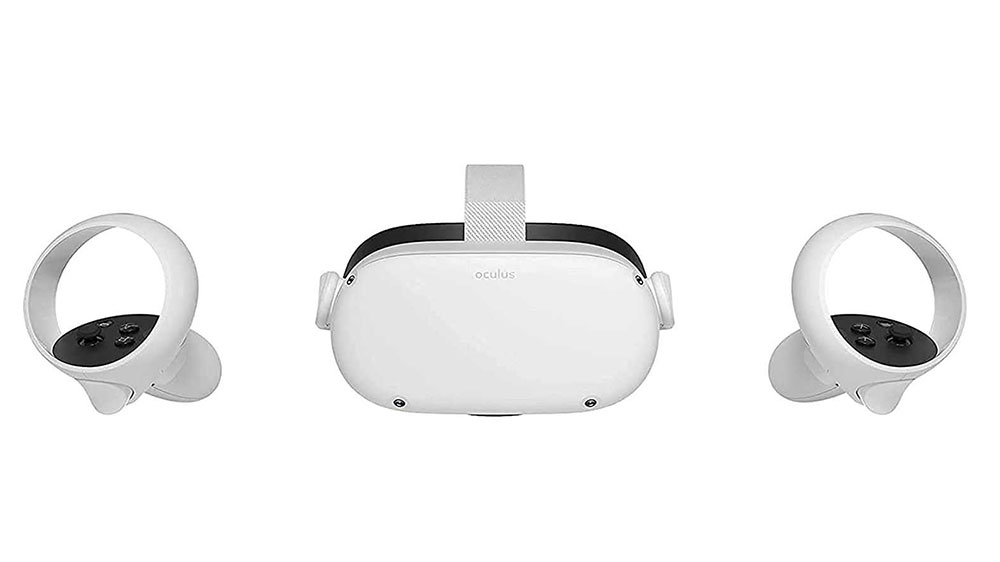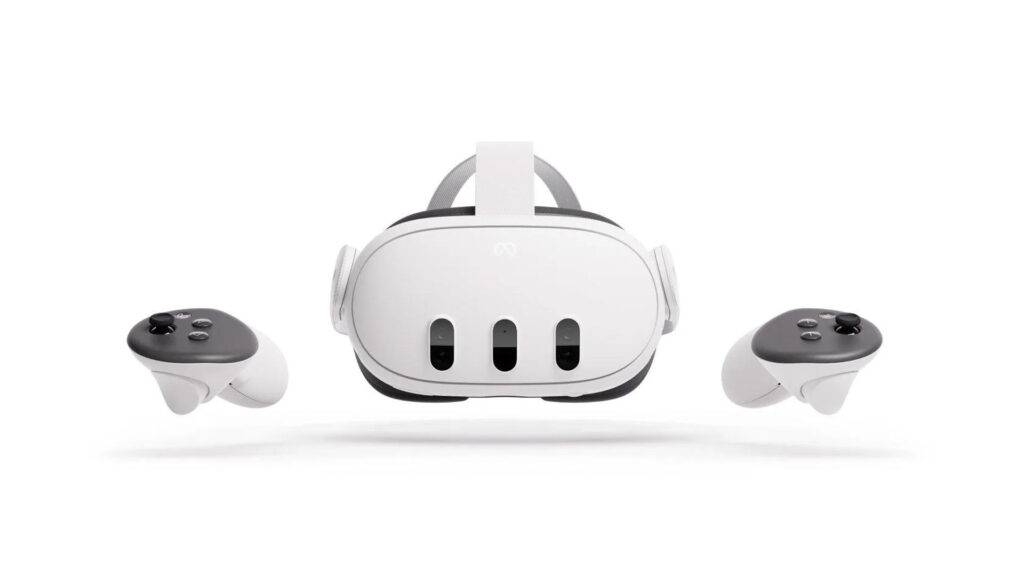
Meta Quest 3 now available.
Preordered in August and delivered in early November 2023, just a few days ago.
We awaited them with excitement, with expectations that characterize major digital upgrades that, as in this case, involve not only the product design but, above all, the hardware features, hence quality and performance. But let’s explore them together…
1, 2, and 3, what's the difference?
If, like us, you’re passionate about virtual reality or even just technology, you’ve probably heard of Facebook’s Oculus Quest headsets, or rather, Meta. These headsets offer immersive and engaging experiences, allowing users to explore virtual worlds, play captivating games, and even socialize with friends.
For MetaMEP, a high-performance headset means enhancing the perception of designed experiences, enabling users to have greater and better engagement in a digital dimension that’s increasingly realistic.
But what are the substantial differences between the Quest 1, Quest 2, and the much-anticipated Quest 3?
Quest 1, the milestone.

The first Oculus Quest headset was a turning point in the world of virtual reality. Released in 2019, the Quest 1 set new standards for portable VR. One of its strengths was the absence of cables, allowing users to move freely in virtual environments without worrying about obstacles.
The Quest 1 was equipped with a Snapdragon 835 processor and 4 GB of RAM, delivering decent performance for its time. The visual quality was good but could be improved, especially in terms of sharpness and color reproduction.
Another crucial aspect was the controller, providing a surprisingly accurate gaming experience. However, the Quest 1 had some weaknesses, such as integrated audio and limited battery life, that could be improved.
Quest 2, la prima evoluzione.

In 2020, Facebook introduced the Quest 2, which quickly won the hearts of VR enthusiasts. This headset brought many improvements over its predecessor. Firstly, the Quest 2 featured a Snapdragon XR2 processor, ensuring significantly better performance than the Quest 1.
The display resolution was improved, providing sharper images and more vibrant colors. The Quest 2 also introduced an IPD (interpupillary distance) adjustment system, allowing users to tailor the headset to their visual needs. Additionally, the battery was enhanced, enabling longer and more immersive gaming sessions.
One of the most significant features of the Quest 2 was the price reduction. This headset was made more affordable compared to the Quest 1, making VR a more cost-effective choice for many users.
The controller was improved to be even more precise, making games and VR experiences even more engaging. The audio was enhanced with integrated speakers that provide surprisingly immersive surround sound.
Quest 3, the latest addition.

Now, we step into the future with the highly anticipated Oculus Quest 3. If the Quest 2 brought significant improvements, the Quest 3 is poised to further revolutionize the world of VR.
The Quest 3 features an even more powerful processor, ensuring high-level performance. Visual quality is further enhanced with a high-quality display and increased pixel density, ensuring an exceptional visual experience.
The battery is further boosted, allowing even longer gaming sessions without interruptions. The audio has been further improved, providing higher-quality surround sound.
The Passthrough, which is the camera system that allows you to see the external world through the lenses of the headset in real-time, is finally in color. This means greater realism and the ability to insert objects into reality, significantly enhancing overall realism (Augmented Reality or AR).
At this point, Facebook could also introduce new social features to make VR even more engaging and interactive. The possibilities are endless, and the Quest 3 promises to take virtual reality to an entirely new level.
Summing up.
Each step in the evolution of Oculus Quest headsets has brought significant improvements, making virtual reality increasingly accessible and engaging. The Quest 1 laid the foundation, the Quest 2 made great strides, and the Quest 3 appears to be a groundbreaking leap forward.
The complexity of immersive experiences designed by MetaMEP requires a state-of-the-art VR headset with high-level performance, and the Quest 3 currently stands out as an optimal solution, one that we are able to include and provide with our MetaKIT.
